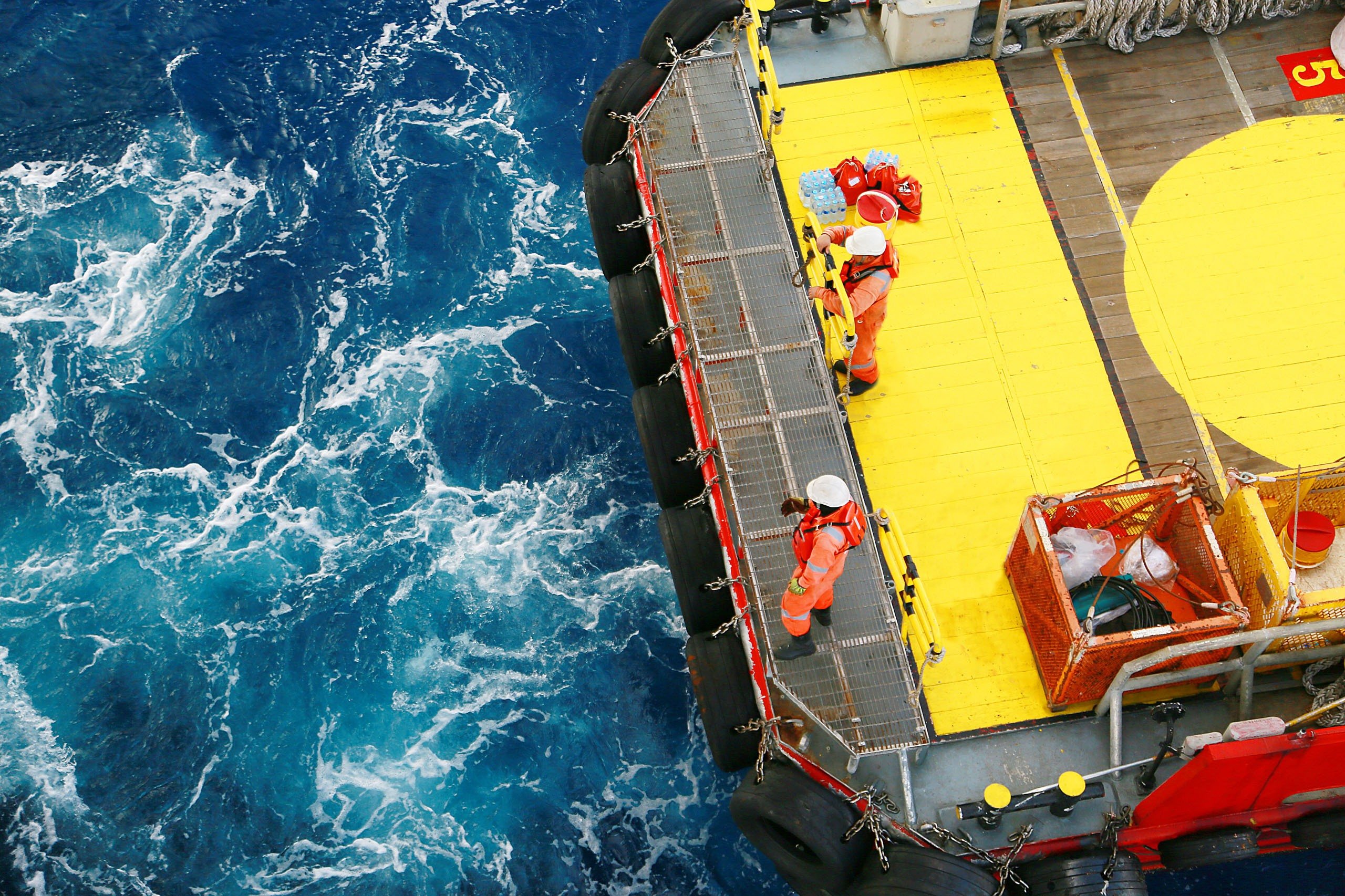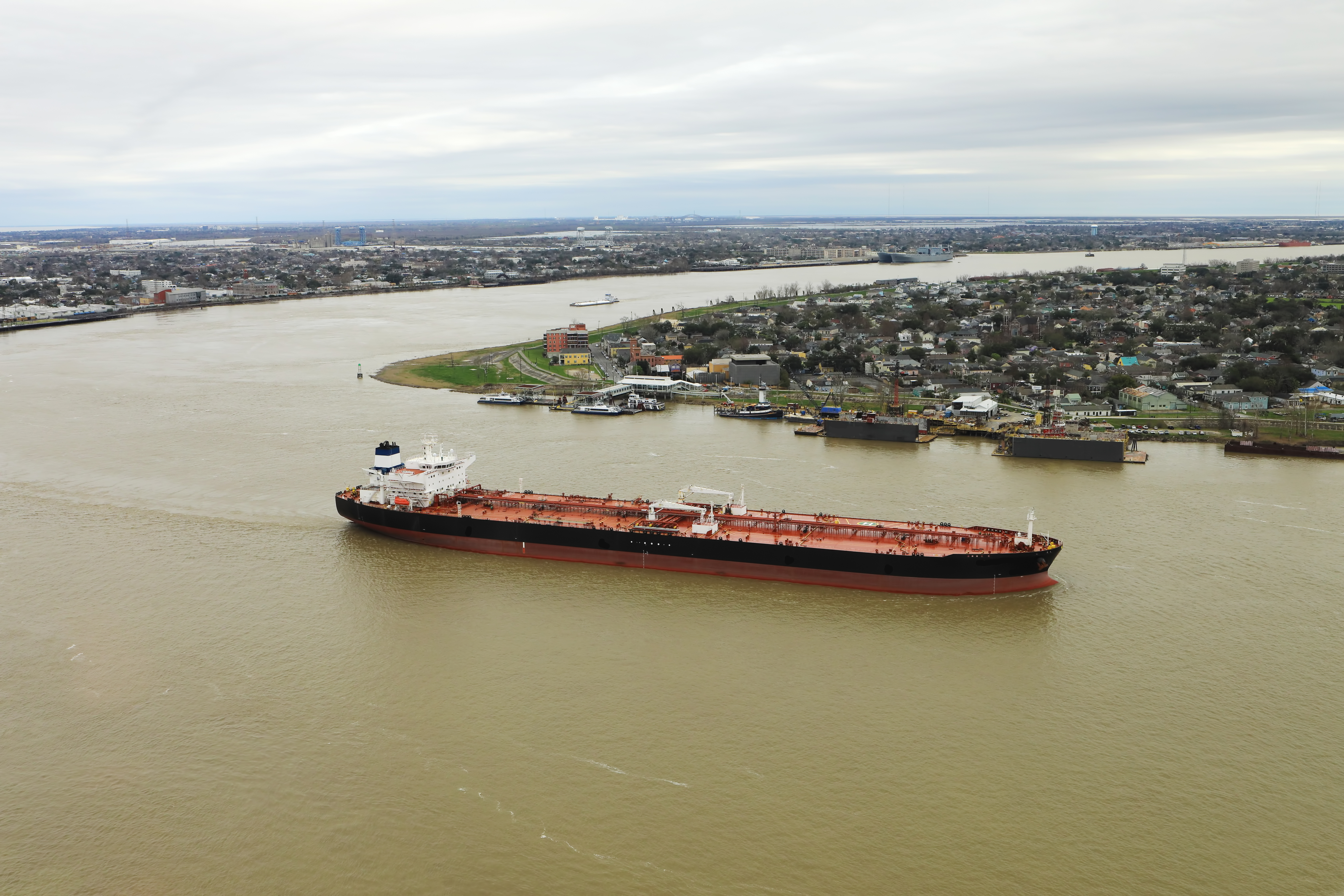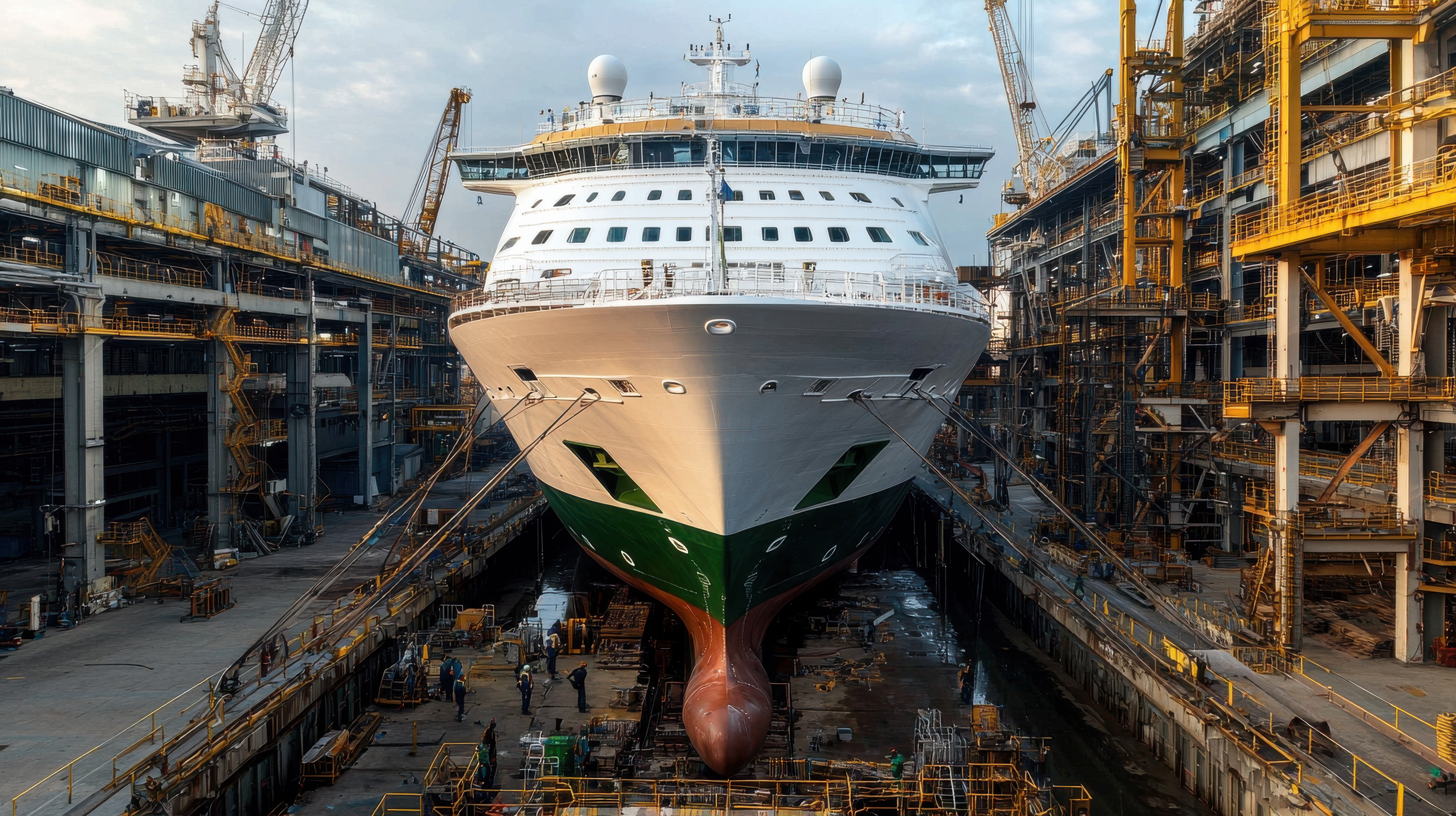
本文有中文版,请参文末链接。
No really, look. That was the main theme of a bodily injury seminar I attended earlier this year in conjunction with the UK P&I Club, TT Club and Thomas Miller. Presented by the Loss Prevention department of both Clubs, who spoke about bodily injury claims data from both marine and terminal risks. However simple, one would be surprised by how often these incidents actually occur.
Slips, Trips and Falls
Loss Prevention walked us through the claims data, highlighting some of the recurring themes such as lack of situational awareness, lack of personal protective equipment (“PPE”) and dangers of high-traffic areas. Expanding on each, they went into several incident examples.
- A lack of situational awareness led to an ankle injury during mooring operations resulting in three (3) surgeries and two (2) months of rehab before repatriation due to blood clot concerns;
- Incorrect Personal Protective Equipment (“PPE”) and improper job risk assessment for scavenge space entry ended an engine officer’s seagoing career when he tripped and sustained a complex meniscal tear; and
- After a sudden downpour of rain, a crew member slipped and fell on an internal stair case, which was a high-traffic area. Service technicians had trekked water and oil on board, in particular on the subject stair case, after walking on a wet and dirty wharf. Going into the root-cause analysis, this was the most commonly used staircase on the ship. The treads themselves were in good condition, but did show signs of dirt ingress from heavy shoreside traffic. The vessel owner completed a staircase safety assessment and the recommendations were two-fold:
- High grip treads installed on all high-risk steps;
- Company-wide campaign to promote the 'Trailing Hand Technique' when descending ladder-wells. Whenever descending a ladder-well on board a vessel, both hands should be kept on the railings, with the one handing trailing for the person to catch themselves if something throws them off balance.
These types of incidents are preventable one just needs to exercise situational awareness (look down) to understand and appreciate one’s surroundings. However, there are a few other things vessel owners can do to help prevent these incidents. Such as:
- Conspicuous paint (such as yellow and black stripes) on tripping hazards, such as pad eyes or on-deck pipes;
- Brightly coloured step treads with a non-skid surface to show elevation change; and
- Generally keeping deck or work areas clean, clear of debris or dunnage, lines, or residual grease or oil. Moreover, nothing should prevent access to stop buttons or safety equipment.
No review of ships, trips and falls is complete without a review of, well, falls. Crew and shoreside vendors regularly traverse up and down mobile ladders, so the risk of a fall will always exist. If the proper permits are completed (working aloft permit) and proper set-up of the work area is discussed in the tool box talk, then this risk can be mitigated. For example, for any job requiring an individual to be more than 6 feet in the air, the tool box talk should cover harnesses, fall-arrestors and proper staging of ladders prior to start work.
Snap-back Zones
Generally speaking, snap-back zones are areas near mooring arrangements on board vessels that have a high probability of mooring line recoil. Worn or rotted mooring lines are prone to snapping back wildly with high speed, releasing a great amount of energy towards anything in its path – including people. Again, one must be aware of their surroundings at all times, but that does not mean vessel owners or operators cannot take steps to help protect the crew. Some suggestions on mitigating bodily injury risk in these areas include:
- Tool box talk prior to mooring operations. The talk should inform all involved on the specifics of the mooring arrangements and the general plan for line arrangements on deck, all while identifying specific snap-back zones which crew members should avoid at all costs – regardless of the tension of the line or activity in the area;
- Signs on deck warning anyone traversing in the area they are entering a snap-back zone.
Conclusion
Aside from the general situational awareness and preventative measures a company can take, another main theme was fatigue. We all know it and probably even experienced it at some point in our lives. However, it’s quite prevalent on board due to working off-hours in varying conditions at sea, far away from family and friends. If crew are fatigued, the risks for any of the earlier-mentioned incidents increases as well.
Small steps, like looking ahead and down, and situational awareness can help prevent serious bodily injury, not just to crew but to anyone on board. Coupled with the proper preventative measures by vessel owners or operators, these steps can formulate an effective loss prevention campaign against slips, trips and falls. However, this effort is always ongoing and real with the multitude of tasks, maintenance and repair vessels require. Thankfully, we have our loss prevention departments of the UK P&I and TT Clubs at the forefront of these issues to help Members stay ahead of the curve.




